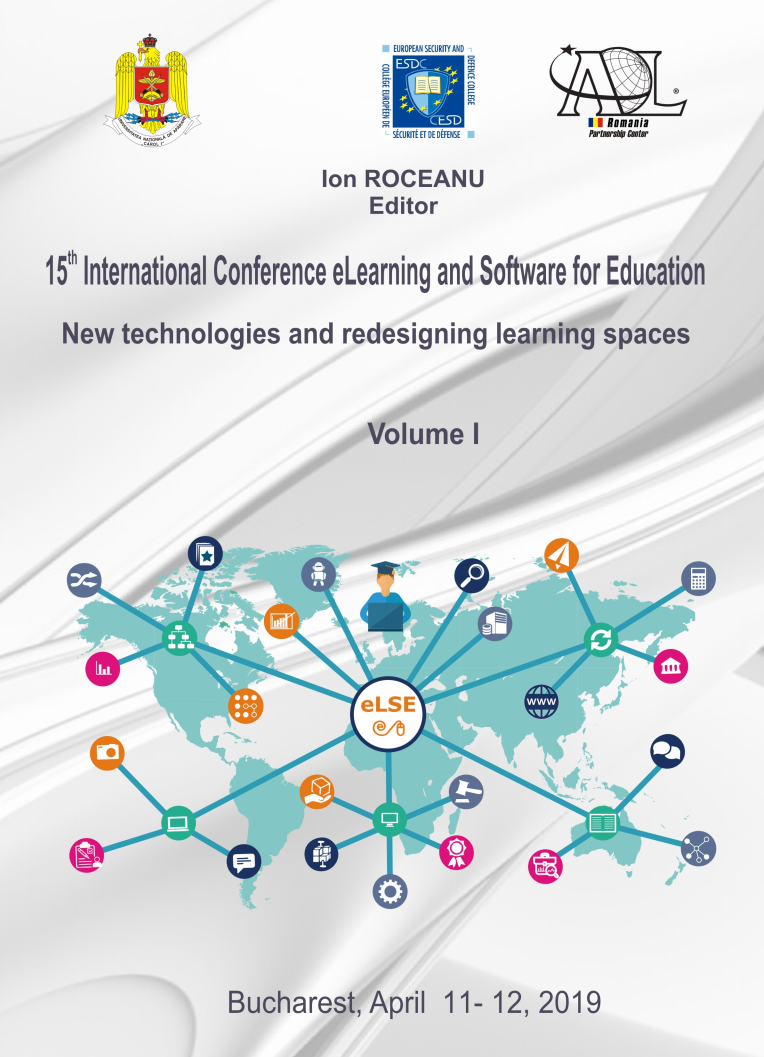Story-Oriented Learning
Story-Oriented Learning
Author(s): Antoniu Ștefan, Ioana Andreea Ștefan, Jannicke Baalsrud Hauge, Jackie CALDERWOOD, Jayne Beaufoy, Sylvester Arnab, Michael LoizouSubject(s): Social Sciences
Published by: Carol I National Defence University Publishing House
Keywords: metanarative design; metagame; authoring tool; BEACONING;
Summary/Abstract: In a game environment, narrative design is considered the art of combining gameplay and multimedia assets to create novel experiences that can entertain players and motivate them for longer periods. The use of narrative design in game-driven education has the potential to add an extra entertainment value to make learning more engaging. Narratives can give players insights into the game’s world by providing helpful information to reinforce a certain gameplay feature. However, the development of interactive learning experiences necessitates a consistent effort that carefully blends content, gameplay and quality graphics. An easy-to-play game does not equate with an easy-to-create design and development process. Storytelling necessitates the ability to place the right data in a given learning context, meeting specific learning objectives, to tell a story in a compelling, and convincing way, in order to drive engagement. It is also important to take into account the positive impact of the involvement of the end-users in major decisions that affect consistently the structure of the game story or the communication with non-playing characters. Currently, the level of end-user involvement in the narrative flow remain limited. In this context, the Authoring Tools developed within the BEACONING project address these challenges and explore the positive impact that an end-user can have within a game-based learning setting by enabling them to become learning designers. This paper discusses the challenges associated with the creation of meaningful game narratives that can be implemented in learning settings and explores the roles of teachers and students as learning designers and the added-value generated.
Journal: Conference proceedings of »eLearning and Software for Education« (eLSE)
- Issue Year: 15/2019
- Issue No: 01
- Page Range: 30-38
- Page Count: 9
- Language: English

